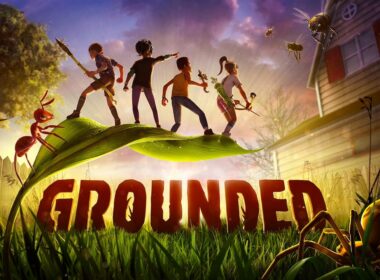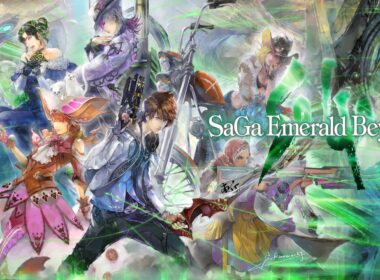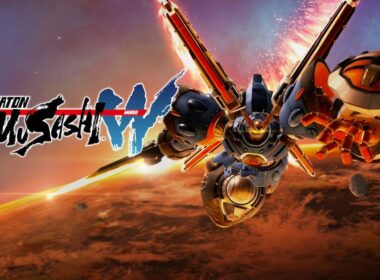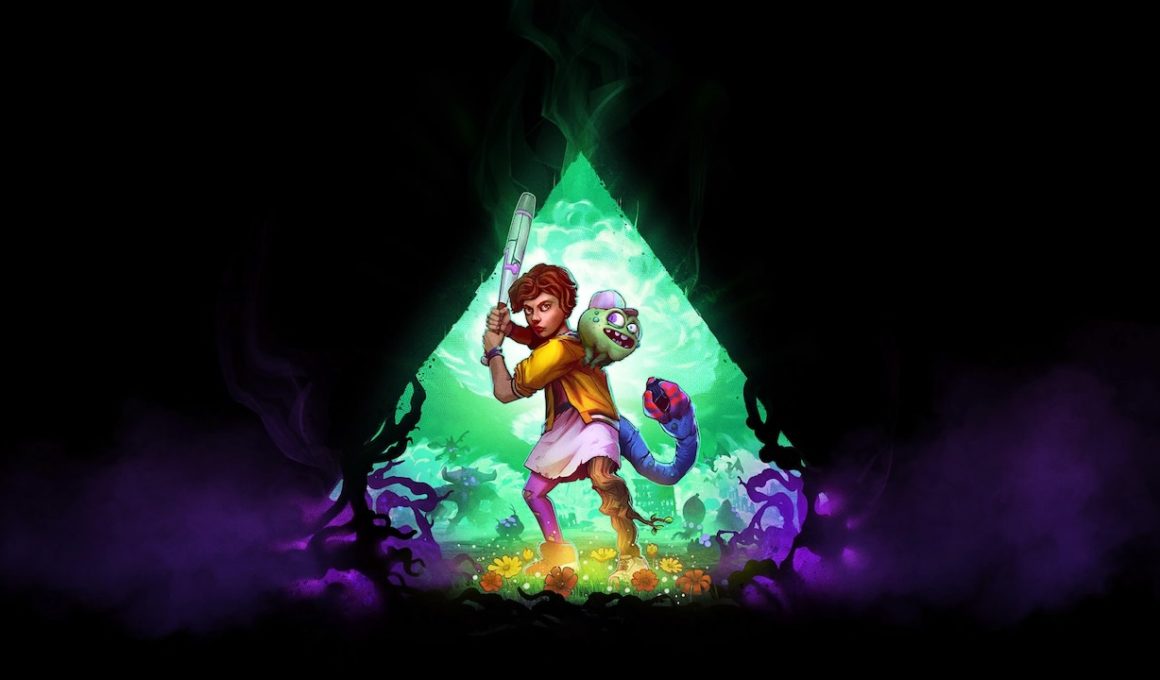RAD is a wasteland. The core world is a degenerating expanse of toxins, radioactivity, and mutants. Civilisation waits behind a wall in the hope that one day they can live beyond this self-imposed quarantine. In order to achieve a foothold in this new society, they send kids, teenagers I guess, out into the wastes to fight and collect resources. But if they die, a new character takes their place, an endless cycle which generally lays the foundations of any rogue-like. With a team like Double Fine behind production, you’d expect a high level of polish and some terrific mechanics to pull us into that ongoing wasteland. However RAD, is not all that rad.
It’s ugly, in handheld and more so on a large TV. The abilities the player picks up as they mutate from surrounding radiation are boring, the enemies all look very similar and lack any kind of imagination and the combat is lacklustre. With a rogue-like, there needs to be a hook, a drive to keep the player pushing onwards. When a run ends, there needs to be a spark of passion that urges you to restart, beat your previous best or find a combination of items which will make for an entertaining hour or so. Each time I died while playing, I groaned a little at the thought of playing again.
The thing is, on paper, the game should be a riot. It’s colourful, there are shades of Nuclear Throne in the story and the devs lean towards The Binding of Isaac with items and synergies of how they might work together. The concept is sound, but RAD falls at practically every hurdle. The characters have no personality, the forced 1980-90’s aesthetics of floppy discs and cassettes feel pointless, and honestly, I’m a bit bored of this nostalgia now. The combat is awkward, due to the pseudo-isometric viewpoint, meaning melee feels stunted and any projectile weaponry lacks punch.
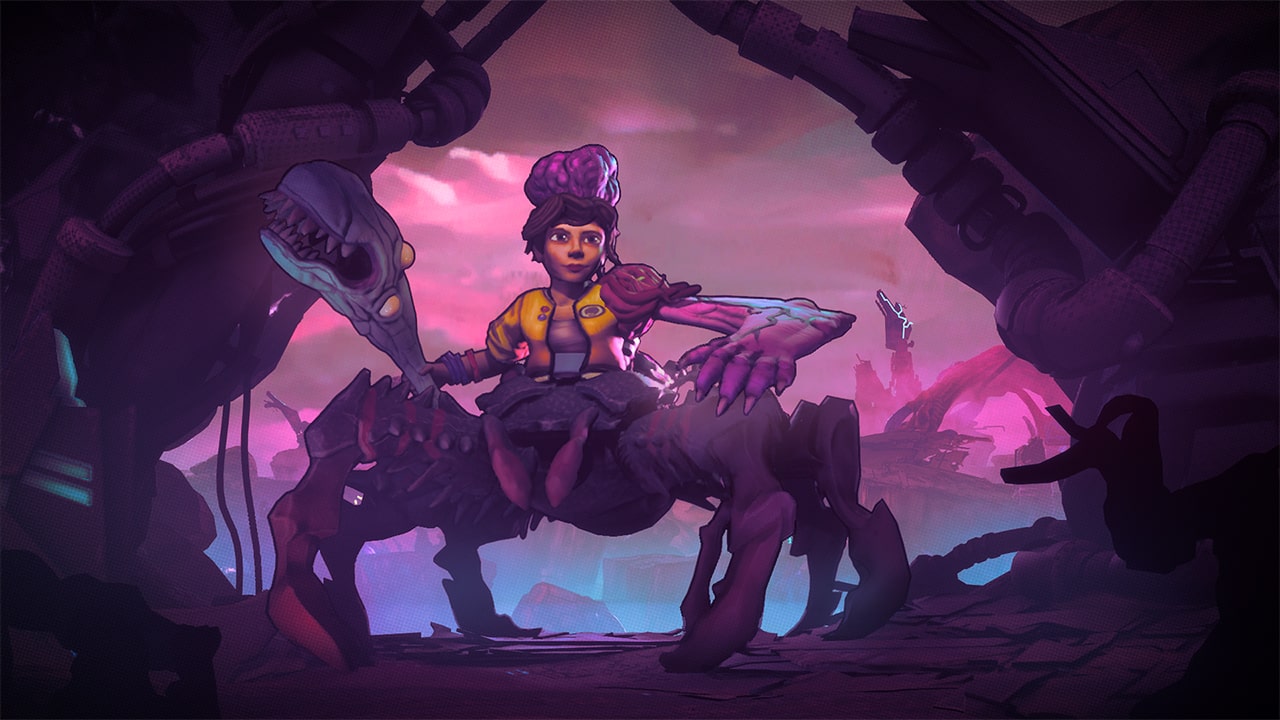
There’s no bite, no oomph, nothing that made me want to pursue the possible different endings or items. And there’s a lot to unlock if you can push yourself to play a lot – this includes characters which cause the game to play differently or change up the rulesets. But when faced with the same pink and green landscapes, I found myself wanting so much more. Later worlds feel just as insipid and the underground bunkers which add a little variety end up being bland grey corridors.
Some of the items and mutations can be fun. As you move through the world your character slowly succumbs to radiation poisoning which add perks to your run. A favourite of mine was the ability to ooze radioactive puddles as I ran around, which developed new tactics for bosses. Another lobs balls of explosive goo – at one point my character seems in agony as wings burst from her shoulder blades.
Rogue-likes are made on the opportunities available, most succeed on how they’re implemented to beat the game. RAD relies on some more than others, leaving little balance. Some enemies explode or leave an area of fire – without certain mutations these straight up kill you. And that isn’t fun. Because these ‘upgrades’ are totally random, they dictate your run a little too much. At least with Isaac or Nuclear Throne, you are given the option to take a power or item, giving you pause to think how your build will interact with the challenge ahead.
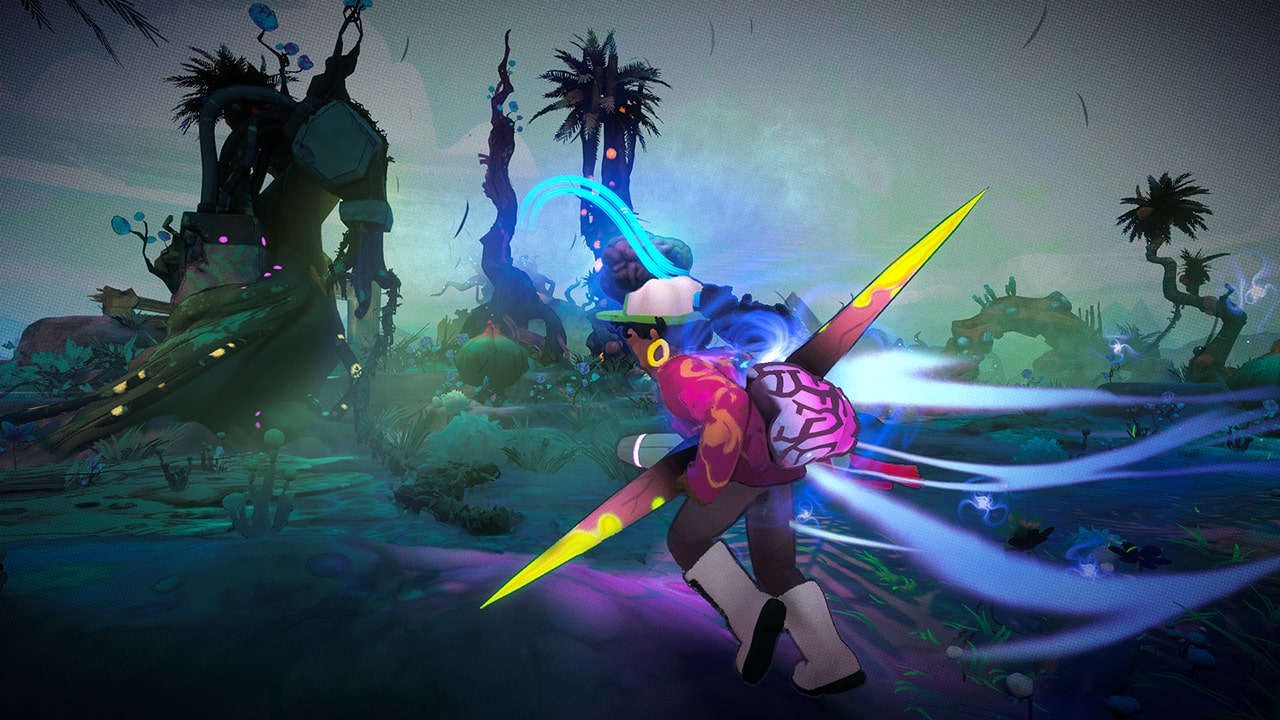
It’s clear the game’s director had a vision, something they wanted to develop which perhaps called back to childhood imaginings, the cast back in the safe zone is perhaps the most entertaining aspect of the game. Their dialogue and quips add a lot to what would usually be a quiet starting area. They act within the scope of a childhood brain, almost like imaginary friends with sly jokes and encouragement. There’s more life there, understandably, but it only highlights how lifeless the wastelands are. Sure, there are a few vendors and you can collect cash to bank ready for runs down the line, but this left me begging for some kind of story to sink my teeth into.
Had the development team put together a point-and-click adventure or platformer set in this world, it would have been much more enjoyable. Because we could focus on a story, we could investigate, see the causes of mutations and inspect why life has been reduced to this ramshackle society. Instead, we’re used to dying in the wastes before being recycled ad infinitum. And what grates the most, is that I wanted to love this game. It has ideas, it has scope, but everything is hidden beneath a smudged ‘CRT’ veneer.
At one point, I thought I’d try the Daily Runs, to see if maybe they lent the game a bit more energy. Usually these sorts of runs showcase more of what the game has to offer. On each of my attempts I died within the first few worlds and was greeted by very few names on the leaderboards. On my fourth or fifth attempt, I decided I’d seen enough. I’d not seen any wacky item synergies, the bosses were uninspired and I just didn’t care about the world any longer.
Having said all of this, I would still like to see what the developers move onto next, because there’s a nugget in there, a seed if you will. One that could flourish into something wonderful, rather than the mutations seen here.
Version Tested: Nintendo Switch
Review copy provided by Bandai Namco Entertainment


